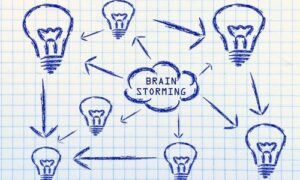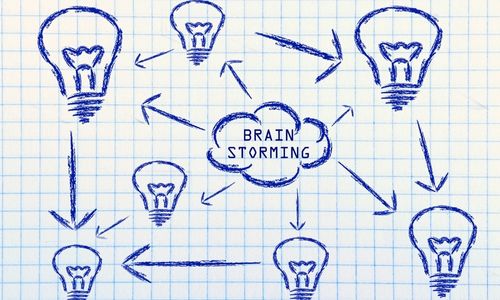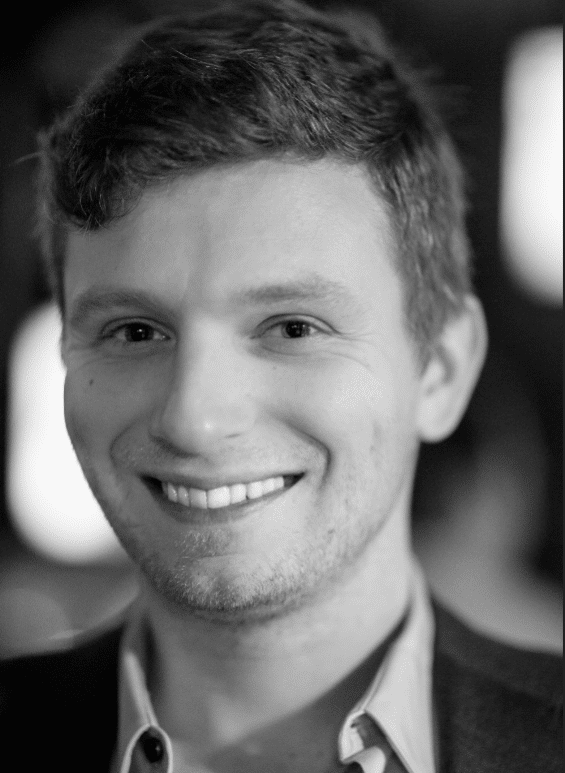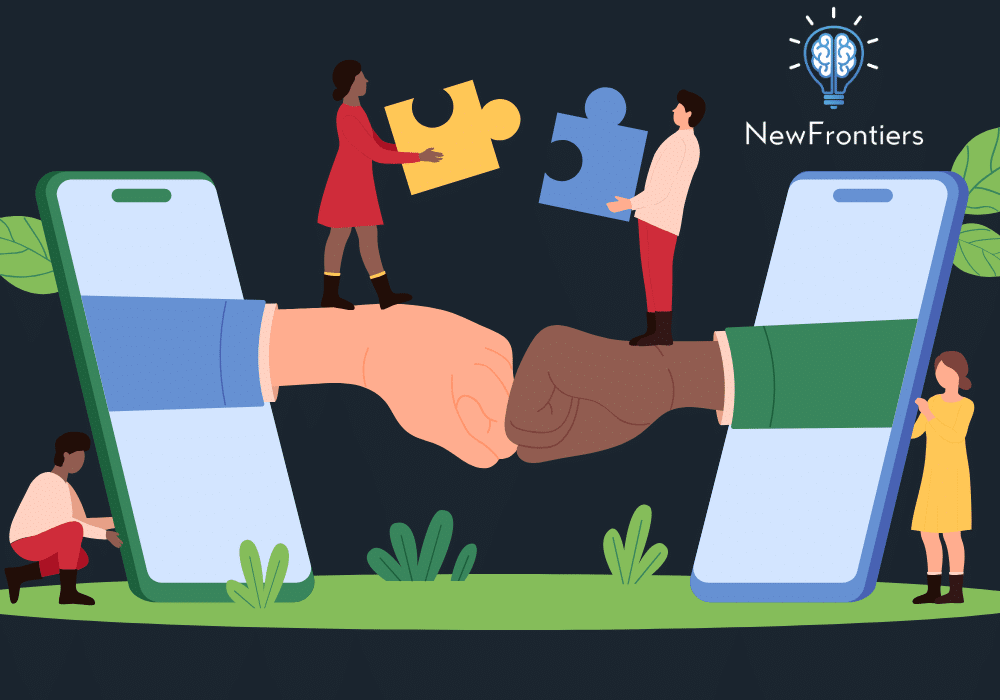
This is part of a blog series on our problem-solving paradigm RISE. Stay tuned for the rest of the series.
Executive Function skills are cognitive processes that help us plan and achieve goals. Problem solving is a skillset that allows people to overcome obstacles that are getting in the way of our success in achieving goals. Through this blog series, we hope to help you better understand the breakdown of the problem solving process, tapping into executive function skill development at the same time. We will be discussing the second step of problem solving now: Identifying Strategies (or Solutions). There are two main points we will explore:
Why learning how to brainstorm various strategies is essential to developing independent problem solving skills?
What executive functioning skills are needed to identify strategies and potential solutions?
Identifying Strategies (or Solutions) as Necessary for Problem Solving
It is important to understand that problems tend to be unique, and therefore the strategies to overcome those problems need to be unique as well. In reality, the strategies need to adapt based on the different problems we face. It is comforting to ‘know’ the right answer, but it is rare in life that there is always a right answer. When it comes to problem solving, instead of focusing on the ‘right way,’ it is important to shift the focus to the ‘best way.’ In this sense, problem solving is not about the destination, but about the journey towards finding that best way. This is why it is important to brainstorm potential strategies and solutions. When we focus on developing more than one way to solve a problem, we have a back up to go to if those initial strategies do not work (this is a preview to the 4th phase of problem solving – Evaluating Effectiveness). This is also important so that individuals trying to solve problems do not think there is only one way to do things. By putting all hope into a single strategy, instead of the situation being the problem to be solved, the problem becomes the individual. We see this all the time with an issue a lot of our clients struggle with – scheduling and planning. Often, people think that since a typical schedule doesn’t work for them, that they are broken and are the problem that needs to be fixed. In reality, it is often that they do not realize there are more ways to address the difficulty of scheduling and remembering to do things.
Executive Functions and Identification of Strategies
When identifying strategies and solutions, a few executive functions come into play. Here, we will present a few that overlap with the first phase, and some new ones. Specifically, we will discuss: 1) Metacognition, 2) Cognitive Flexibility, 3) Shifting, 4) Self-Monitoring/Reflection.
Metacognition
As mentioned earlier, the goal of problem solving isn’t to find the universally right answer, but the goal is to find strategies that work best for the individual. In order to think of good strategies, we should work on understanding how we think and learn best. You could use strategies that work for others, but the purpose of this would be to determine if they also work for you (hint: they may not!). This is why it is important to also develop additional strategies that align with your own strengths. We develop metacognition by reflecting on previous experiences and this will come up again when we review the fourth phase of problem solving (evaluating effectiveness). This is an ongoing process, so the current potential strategies become informed by previously utilized ones.
Cognitive Flexibility
Understanding that life isn’t like a math problem to be solved with specific steps to follow is essential in developing multiple strategies. It is also so important to develop a growth mindset. Each strategic attempt at a solution is a learning opportunity, and you never know if a strategy may or may not work without trying it. Once a problem is recognized, developing cognitive flexibility helps expand the lens for identifying strategies. Let’s quickly look at procrastination as an example. An immediate strategy to come to mind is to plan all your tasks, but you could also use a strategy of making the ‘due date’ a day or two earlier. Or maybe you could try estimating how long things take you to better estimate how much time you have to complete things. A strategy could be to do as much when it is originally assigned to you, something we call frontloading (instead of assuming you have free time now, guarantee you have free time later). The point of this exercise is to show that by flexibly thinking about strategies, if the first one doesn’t work, you have others to revert to later.
Shifting
Shifting is the process of changing what your mind is focusing on. In this context, it could be understood as the ability to shift to utilizing different strategies. When we are used to doing things a certain way, it can be hard to imagine that there are any other ways to possible do that thing. This is previewing the third phase of problem solving (strategy implementation), but the hesitancy to even consider alternate strategies stems from a fear of shifting (and a bit of cognitive inflexibility!).
Self-Monitoring
Self-monitoring will become essential in the fourth phase (evaluating effectiveness), but a lack of this executive function skill can make the identification of potential strategies difficult. Why bother with coming up with other strategies if you think you have one already? Convincing yourself to come up with multiple strategies requires an understanding that we need to evaluate how effective each strategy is. When you develop self-monitoring skills, it helps individuals understand that we can compare how effective each strategy really is. This furthers the idea that there is no one right way to do things, but rather the goal is to find the way that works best for you. For example, having an empty email inbox works for others, but it may not work for you. If we tried for one week to maintain an empty inbox and compared that to just reading the important emails each day, we can then assess which strategy works best.
By focusing on identifying multiple strategies, it helps your mind understand that the first attempt at a solution may not work. This helps create the framework of a growth mindset, setting you on the journey of finding the best strategies for different situations. This also provides a roadmap for developing resiliency. If the first strategy doesn’t work, we have a backup plan to try out next time! Also, by taking the time to think of multiple strategies, we prevent rushing into strategy implementation without thinking through in a strategic fashion. Now that we have a bank of strategies to try out, let’s begin implementing them. Stay tuned for the next in our blog series; we will move on to Strategy Implementation.





